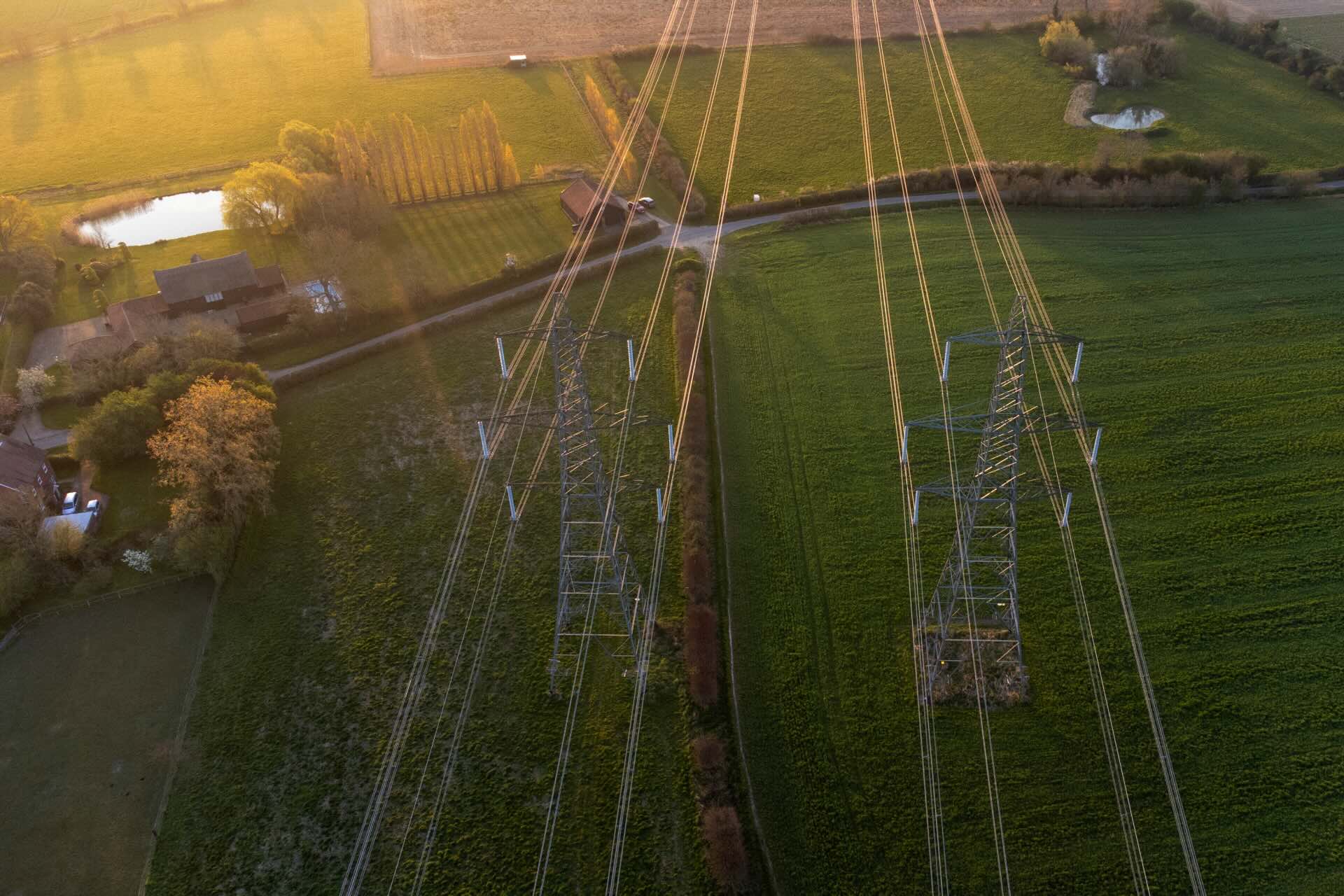The UK government is carrying out the biggest reform of our electricity markets in a generation. If your business is a high-volume energy user, it’s worth getting your head round the proposed changes.
What is REMA?
The system for procuring electricity and delivering it to consumers in Great Britain relies on the function of multiple markets. The government understands that markets alone will not deliver the desired outcomes, so uses “targeted interventions” to make them more effective. But the current set of interventions will not deliver the government’s goal of decarbonising the UK electricity system by 2035. It is therefore carrying out an ambitious review of how it all works. (REMA only applies to Great Britain; Northern Ireland has separate electricity market arrangements.)
The REMA consultation currently open is the second one. The first consultation opened in summer 2022 and the results were published in March 2023. Since then, the government has ruled out many of the possibilities it was previously exploring. The options currently still in play include a number of proposals that could affect businesses with high energy consumption.
Supporting CPPAs
The market for corporate power purchase agreements (CPPAs) in GB is small but growing. (It’s one of the reasons why REGOs have got so expensive.) The government recognises that CPPAs can benefit both energy consumers and the developers of renewable assets, so has previously explored options for trying to boost CPPA market growth. It has now ruled out government intervention in this area but is keen that any future market design will not hinder the growth of CPPAs, and will keep monitoring the situation. It is possible that in future, policy-driven incentives will improve the availability and/or attractiveness of CPPAs for businesses.
Focus on demand reduction
In order to achieve its goal of electricity decarbonisation by 2035, the government needs to reduce overall electricity demand, permanently. The consultation document explains that government is already supporting businesses to use less electricity, for example through the Industrial Energy Transformation Fund. The ongoing strengthening of the Energy Savings Opportunity Scheme (ESOS) is also in service of this goal.
ESO’s Demand Flexibility Service rewards businesses for reducing or time-shifting their electricity consumption and it is clear that this will remain in place whatever changes the REMA reforms deliver.
Higher granularity
One of the key mechanisms for delivering demand reduction is through sharpening price signals. This means selling energy to end users in more granular chunks. Right now, most homes and businesses simply pay for the energy they use over a fairly long period, perhaps weeks and months. But electricity is actually traded between generators and suppliers at half-hourly intervals, with prices fluctuating all the time. So since 2021, regulator Ofgem has been overseeing the implementation of a system called market-wide half-hourly settlement (MHHS). This uses smart meters to record more accurately when a consumer is using energy (at half-hourly intervals).
Suppliers can use this data to incentivise different patterns of electricity use – for example, charging up your EV fleet when renewable generation output is plentiful and electricity is cheap. The Demand Flexibility Service also relies on smart meters delivering half-hourly data. We can expect government to continue supporting more widespread take-up of smart meters delivering granular consumption data.
Zonal pricing
At present, some areas of GB (e.g. rural Scotland) have a very high ratio of renewably generated power to demand, whereas others (e.g. the south-east of England) have the opposite. So the government wants the new electricity market arrangements to incentivise the building and operation of generation assets where they are most needed. This could be achieved by some form of locational pricing.
The locational pricing option currently still under consideration is known as zonal pricing. Rather than having one national wholesale price (set by the most expensive power plant in the country), the markets would be divided into regions. Each one would have its own wholesale electricity pricing, based on what generators are operating in the area at the time. This is likely to create a cheaper and more flexible electricity system.
The government believes that zonal pricing could encourage energy-intensive businesses to relocate to areas with high renewable output and lower electricity prices. Cheaper electricity in certain areas may also encourage more electrification of fleets and industrial processes for businesses in those areas. It remains to be seen whether the price differences resulting from zonal pricing will be sufficient incentive for businesses to actually relocate, or whether other incentives will be needed.
The second REMA consultation closes on 7 May 2024. As ever, keep an eye on the Energy Advice Hub for all the latest energy policy updates.
For advice on REMA updates or reducing your electricity consumption, get in touch with our specialists at Sustainable Energy First.













